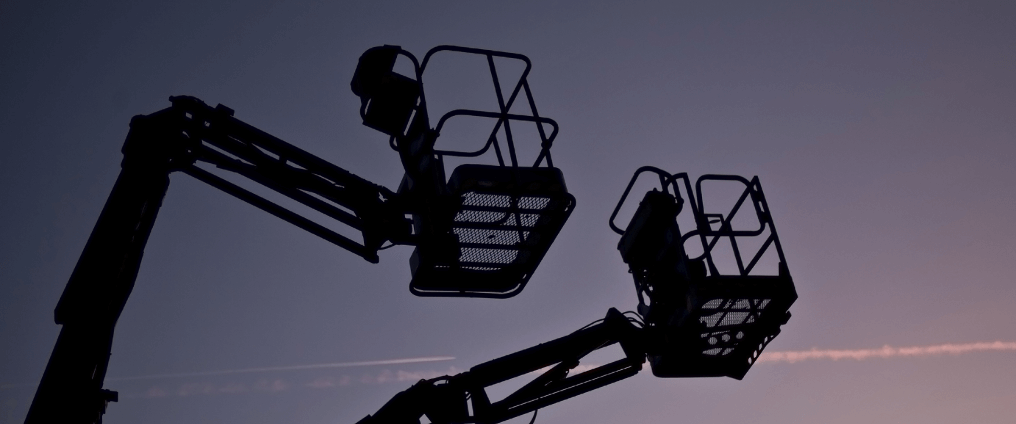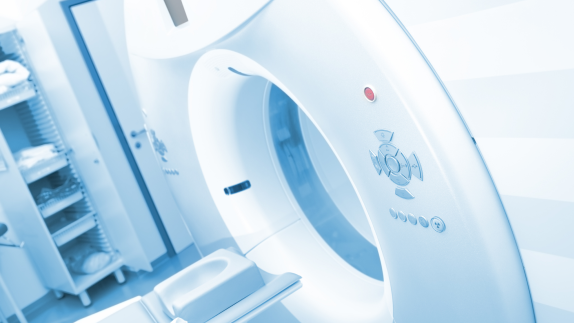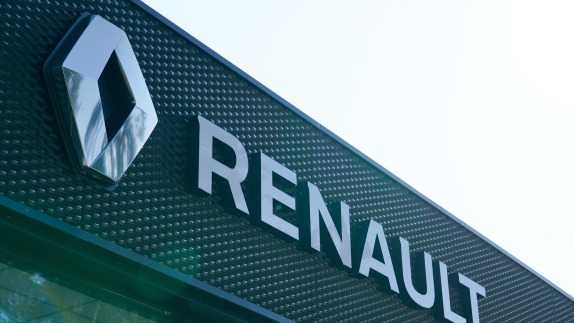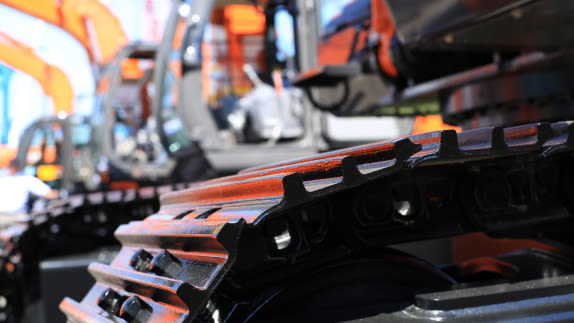name:
JLG & DLL
The Need: mechanical access products such as 'cherry pickers' contain many reusable components and materials that could yield many revenue cycles.
The Solution: supported by its finance partner DLL, JLG have strategically developed its reconditioning capabilities to capitalise on multiple life cycles for their equipment.
The Key Insight: JLG built a business model that formally integrated a reverse cycle thereby making asset recovery more economically viable.
The Result: a closer relationship with customers and a 35% saving over new equipment.
Reconditioning capabilities as part of overall company strategy
JLG, a manufacturer of access products - equipment many people would recognise as “cherry pickers” - has been reconditioning its equipment for over 20 years. It’s another example of a company that can boast a longstanding adoption of some “circular” principles, something often found in the machinery sector, with hard-wearing and valuable products that are suitable for receiving a new lease of life. In JLG’s case, this started primarily through large rental companies in North America that occasionally return equipment to be reconditioned, to avoid the expenditure of buying new.
In 2013, JLG strategically developed its reconditioning capabilities as a means of engaging in the full life cycle of its equipment, and in turn, respond to that reliable customer demand to make the most of their investment.
JLG take machines back to a dedicated reconditioning facility after their first use cycle. The JLG reconditioning process repairs and restores boom lifts and telehandlers to original specification. It delivers factory-approved equipment that looks and performs like new equipment. The equipment is even backed by a three-year warranty, such is JLG’s confidence in its reconditioning process.
Reverse cycle business model
DLL developed a complete finance offering for JLG’s new and reconditioned assets, including rental solutions. This means that customers can return the equipment to JLG at the end of the lease contract, allowing JLG to plan and predict when assets will reach its workshop for reconditioning. It’s manufacturing 101 to have a finely-tuned, outward supply chain, but often it’s the reverse cycle that is undeveloped, which can make refurbishment, remanufacturing and reusereuseThe repeated use of a product or component for its intended purpose without significant modification. economically unappealing. However, by building a business model that integrates the recovery of assets, JLG formalises the reverse cycle, gains a close understanding of the flow of its products, and supports the business case for further investment in reconditioning activities.
DLL and JLG have built this process on the recognition of the value of the reconditioned assets at the end of their second use, and the benefits are felt by the major stakeholders. Higher residual values result in a lower cost to the end customer, who saves around 35% over buying new. On top of this advantage, JLG can build a closer relationship with its customers, supporting them throughout the entire use cycle. Finally, working with JLG enables DLL to finance more equipment and differentiates it from competitors unwilling to take the risk.





